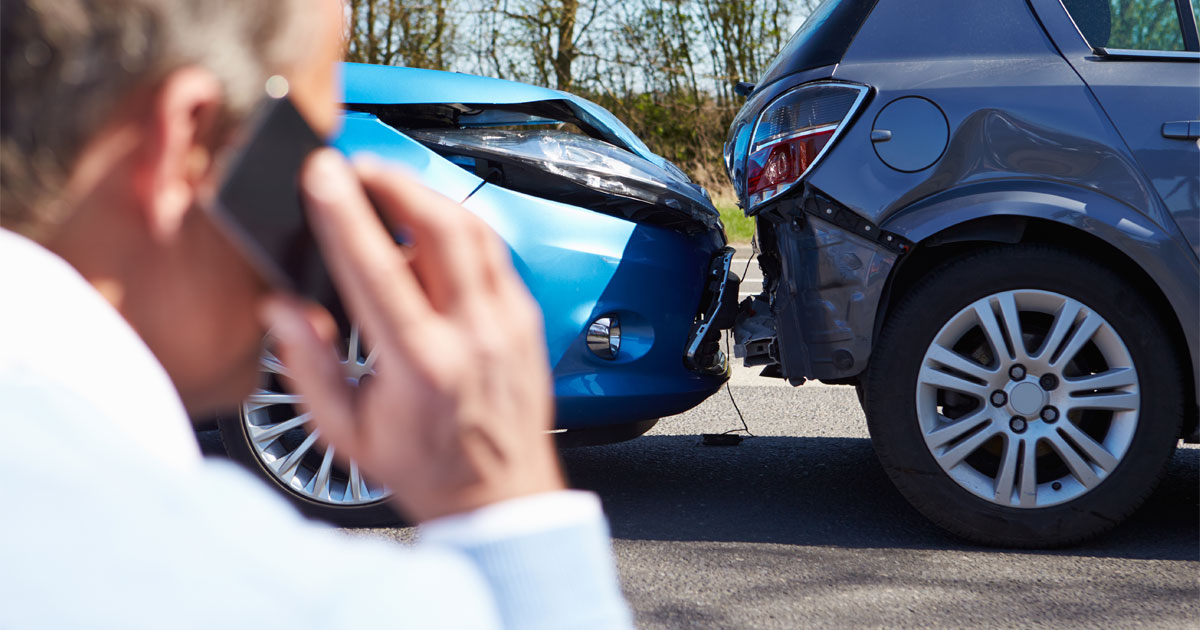Today’s vehicles are often equipped with a range of advanced safety technology, including forward collision warning, blind spot detection, and lane departure warning. Many cars also have backup cameras and provide an audible alert if another vehicle, a cyclist, or a pedestrian is approaching while you are in the process of backing up. Despite these advances, backing-up car accidents continue to occur. They can result in injuries ranging from whiplash to broken bones, or worse if the oncoming car was traveling at a high speed at the time of the collision.
If you are aware of the situations where backing-up accidents are more likely to occur, you can take steps to avoid them. The following are the most common types of backing-out accidents:
- Backing out of parking spaces: Parking lots are generally made up of thoroughfares and feeder lanes. A thoroughfare is a lance that exits onto a road or is the main lane that cuts through a parking lot. A feeder lane is a roadway that connects thoroughfares. When pulling out of a parking spot, the moving car generally has the right of way.
- Backing out into oncoming traffic: This can occur when backing out of a driveway onto a road where there are moving vehicles. The vehicles in the line of traffic have the right of way, although there may be shared liability, depending on the nature of the accident.
- Two cars backing up at the same time: This generally occurs in busy parking lots when one or both motorists fail to check their blind spots or start backing out of their spot before making sure that no other vehicles are reversing at the same time. In this scenario, both drivers often share liability.
When backing out of a parking spot or a driveway, you must ensure the coast is clear. Unfortunately, backing-up accidents occur more frequently than you might imagine. According to the National Highway Traffic Safety Administration (NHTSA), there are approximately 15,000 backing-up car accidents yearly in the United States, resulting in roughly 30,000 injuries.
For you to recover compensation for your injuries, you must be able to prove that the other driver was at fault. The following factors can help determine liability:
- Which driver had the right of way? If both vehicles were moving at the time of the accident, understanding which motorist had the right of way will help determine who was at fault for causing the accident. However, if the driver with the right of way was distracted, driving while under the influence of drugs or alcohol, or driving recklessly, they could be held liable even if they had the right of way. Generally, the vehicle already in motion has the right of way. However, once the vehicle that is backing up is well into the reversing motion, the right of way shifts to the vehicle that is backing up.
- What part of the car was damaged? The area of the vehicle that was hit can help determine who was at fault for causing the accident. For example, if the damage is on the rear of the vehicle that was backing up and on the front of the other car, investigators may find that the oncoming vehicle had plenty of time to stop before hitting the car that was backing out. However, if the vehicle backing out damaged the rear of the car and the side of the oncoming vehicle was damaged, this may suggest that the reversing driver was at fault.
- Was the other vehicle in motion? If you hit a parked car while backing out of a parking spot, you will be considered at fault for the accident.
- Were there witnesses? Often, the drivers involved in a car accident may offer conflicting statements about the events leading up to the accident and who was at fault. If there were witnesses who saw the accident happen, they may be able to provide valuable information about what happened and who caused the accident.
When Is the Reversing Driver Not At Fault?
While the reversing vehicle is usually at fault for a backing-up accident, the other driver may share liability or be considered at fault in the following situations:
- Reckless driving: This refers to any type of driving behavior that disregards the safety of other motorists, cyclists, or pedestrians in the vicinity.
- Failure to yield: If the reversing driver has backed up enough that it should be clear to oncoming drivers that they have the right of way, the reversing driver will likely not be considered at fault.
- Speeding: Even if the driver has the right of way if they were speeding when another car was backing up, they may be at fault for the accident.
- Distracted driving: If the driver backing up was hit by a motorist who was talking or texting on the phone at the time of the accident, there would likely be shared liability.
- Impaired driving: If the oncoming motorist was driving under the influence of drugs or alcohol during the accident, they would likely be considered at fault.
What if Both Motorists Share Liability?
Backing-up car accidents often involve a degree of shared liability. If you are injured in a backing-up car accident in Ohio, you can recover damages from the motorist who is more at fault than you. However, your total damages will be reduced by the percentage of your share of liability. In addition, if you are found to be more than 50 percent at fault, you cannot recover any compensation.
What Should I Do if I am Involved in a Backing-Up Car Accident?
Even a relatively minor car accident can be a stressful and overwhelming experience. If you are involved in a backing-up car accident, it is essential that you remain calm and keep the following tips in mind:
- Call 911 to report the accident.
- Check for injuries.
- Exchange contact and insurance information with the other driver.
- Take photos of the accident scene.
- Do not say anything that can be interpreted as admitting fault.
- Notify your insurance company.
- Contact an experienced car accident lawyer.
Cincinnati Car Accident Lawyers at Wolterman Law Office Represent Victims of Backing-Up Car Accidents
If you were injured in a backing-up car accident, speak with our skilled Cincinnati car accident lawyers at Wolterman Law Office. To schedule a free consultation, call us today at 513-488-1135 or contact us online. Located in Loveland, Ohio, we serve clients in Hamilton County, Fairfield, Norwood, and Forest Park.


